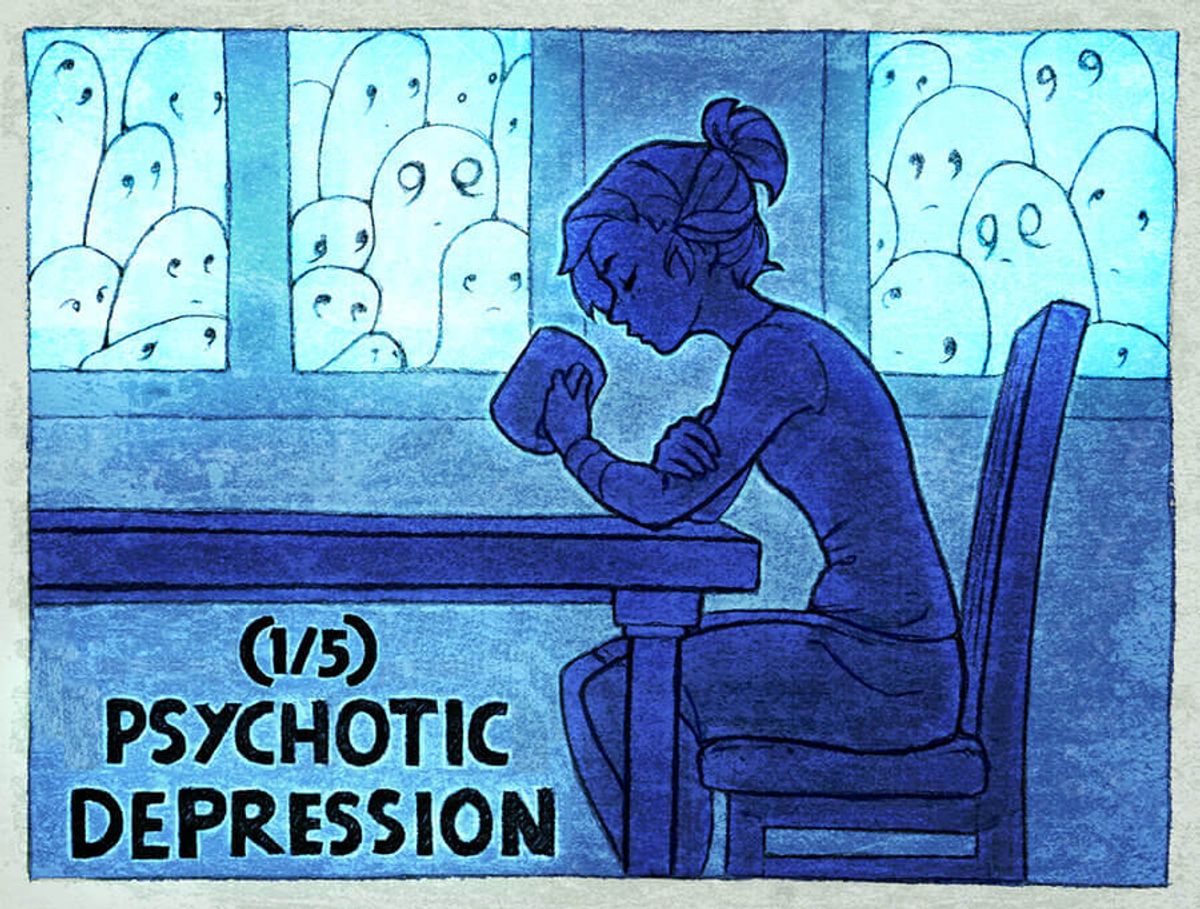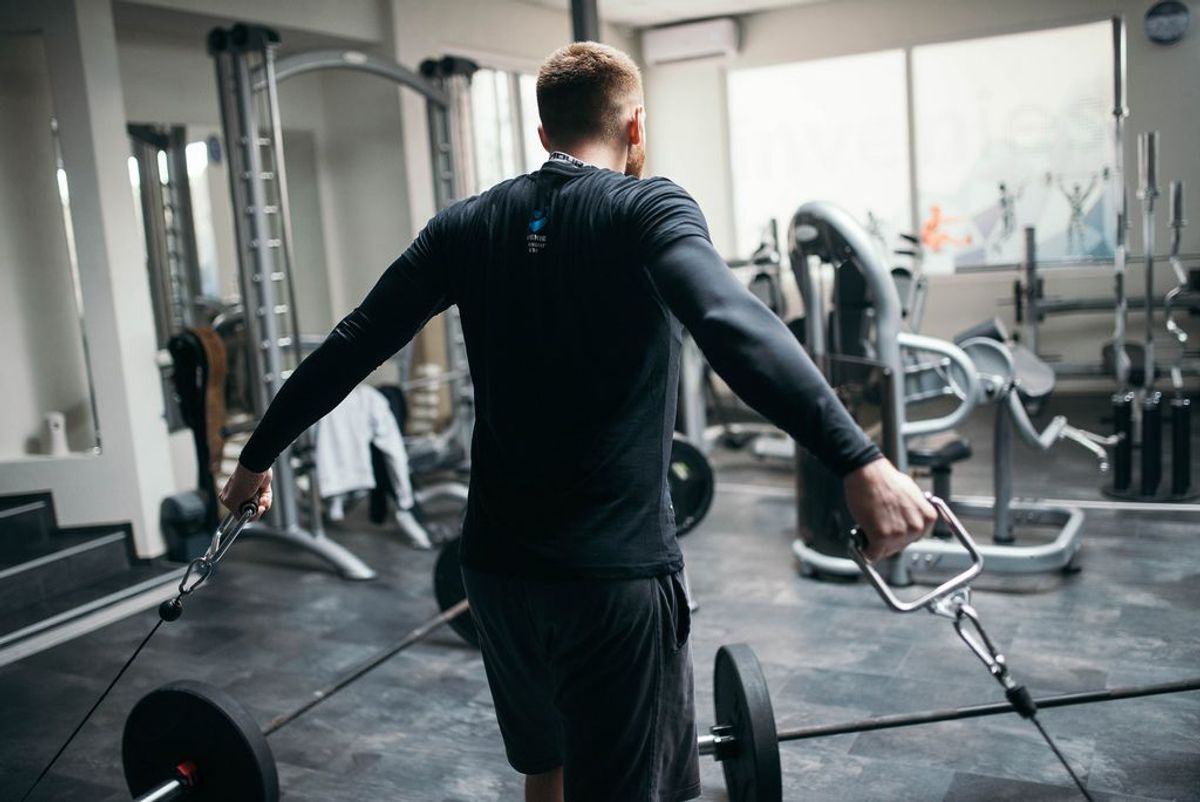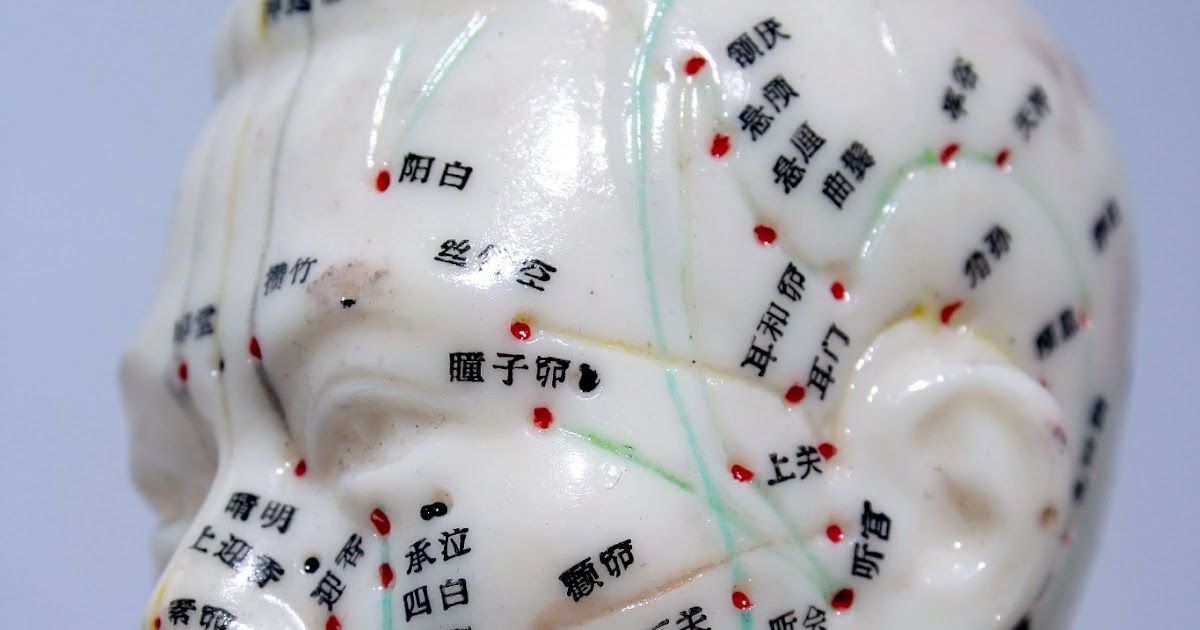
Bouncing Back: A Step-by-Step Guide to Muscle Recovery After Hitting the Gym
Soothe Those Sore Muscles: Post-Workout Recovery Essentials

Cool Down Routines to Ease Tension
After a grueling workout, your muscles are fired up - literally. Cooling down is crucial to kickstart the recovery process and bring your heart rate back to its resting beat. A proper cool down phase can prevent dizziness and reduce muscle stiffness, setting you up for quicker recovery.
Cool down routines typically involve light cardio followed by stretching. Here's a simple sequence to get you started:
- Walk or slowly jog for 5 minutes to gradually decrease your heart rate.
- Follow up with dynamic stretches such as arm swings and leg kicks for another 5 minutes.
- Finish with static stretches targeting major muscle groups; hold each stretch for 15-30 seconds.
Remember, the goal is to lower your body temperature and allow your muscles to relax. Don't rush through your cool down - treat it as an essential part of your workout.
Incorporating these steps into your post-workout regimen will help ease muscle tension and promote flexibility. Plus, it's a great way to reflect on your workout and mentally prepare for the rest of your day.
Stretching: The Key to Flexibility and Repair
After you've powered through those last reps and your muscles are feeling the burn, it's time to ease into some serious stretching. Stretching is crucial, not just for cooling down, but for preventing stiffness and promoting muscle repair. It's the unsung hero of any workout routine, giving your muscles the TLC they need to bounce back stronger.
Flexibility isn't just about impressing people with your splits; it's about maintaining a range of motion that keeps your muscles healthy and ready for action. Here's a quick list of stretches to incorporate into your post-workout ritual:
- Hamstring stretch
- Quadriceps stretch
- Shoulder stretch
- Calf stretch
- Hip flexor stretch
Remember, the goal isn't to feel pain, but to gently push the limits of your comfort zone. Hold each stretch for at least 30 seconds, breathing deeply to help your muscles relax and recover.
While stretching is awesome for immediate relief, it also sets the stage for long-term muscle health. So don't skip it, even if you're in a rush. Your muscles will thank you tomorrow!
Hydration and Nutrition: Fuel for Recovery
After you've crushed your workout, it's crucial to refuel the right way. Hydration is key; your muscles are screaming for replenishment. Aim to drink water or an electrolyte-rich sports drink to replace fluids lost through sweat.
Proper nutrition is just as important as hydration. Your body needs a blend of protein for muscle repair and carbohydrates to restore glycogen levels. Here's a quick guide on what to eat post-workout:
- Protein: chicken breast, tofu, Greek yogurt
- Carbohydrates: sweet potatoes, brown rice, bananas
- Fats: avocado, nuts, olive oil
Remember, the goal is to eat within 45 minutes of finishing your workout to maximize recovery.
Don't underestimate the power of micronutrients. Vitamins and minerals like magnesium, potassium, and calcium play a significant role in muscle function and recovery. Consider incorporating foods rich in these nutrients into your post-workout meal.
Catch Some Zzz's: The Role of Sleep in Muscle Repair

Understanding Sleep Cycles and Muscle Growth
When you hit the sack after a tough workout, your body gets to work repairing those hard-worked muscles. Sleep is when the magic happens – it's prime time for muscle growth and recovery. During the deeper stages of sleep, particularly during slow-wave sleep, your body releases growth hormone, which is crucial for muscle repair.
- Stage 1: Light sleep, easy to wake up
- Stage 2: Body temperature drops, heart rate slows
- Stage 3: Deep sleep begins, growth hormone released
- Stage 4: Deep sleep continues, muscle repair at its peak
- REM: Brain activity increases, dreams occur
Remember, it's not just about the quantity of sleep, but the quality. Ensuring you cycle through all stages of sleep multiple times is key to maximizing muscle recovery.
Aiming for 7-9 hours of quality shut-eye can make a significant difference in your recovery game. And if you're struggling to catch those Zzz's, consider tweaking your environment – a dark, cool, and quiet room might just be the ticket to a better night's sleep and stronger muscles.
Creating a Sleep-Optimized Environment
Transforming your bedroom into a sleep sanctuary is crucial for muscle recovery. Keep your room cool, dark, and quiet to promote uninterrupted slumber. Consider investing in blackout curtains and a white noise machine to block out external light and sound.
Temperature plays a pivotal role in sleep quality. Aim for a room temperature between 60-67 degrees Fahrenheit for optimal comfort. Here's a quick checklist to help you create that perfect sleep haven:
- Comfortable mattress and pillows
- Breathable bed linens
- Minimal electronic distractions
Remember, your bedroom should be a temple of rest. Reserve it for sleep and relaxation, not work or entertainment.
By curating an environment that caters to your body's natural sleep rhythms, you'll be setting the stage for effective muscle repair and overall well-being.
Nap Time: Short Sleep Sessions for Recovery
Ever felt like a quick snooze could do wonders after a grueling workout? Well, you're not wrong. Power naps can significantly enhance muscle recovery, giving your body a brief yet effective period of rest. Aim for 20-30 minutes to avoid grogginess and maximize rejuvenation.
Timing is everything when it comes to napping. To get the most out of these short sleep sessions, consider the following tips:
- Schedule your nap about 1-2 hours post-workout for optimal recovery.
- Create a restful environment, free from noise and distractions.
- Keep it short; set an alarm to prevent oversleeping.
Remember, the goal of a nap is to supplement your nightly sleep, not replace it. It's a quick fix to restore energy and facilitate muscle repair, not a catch-up for inadequate sleep at night.
While naps are a great tool, they're just one piece of the recovery puzzle. Combine them with proper hydration, nutrition, and stretching for a comprehensive approach to muscle recovery.
Rubbing It the Right Way: Massage and Muscle Relief

DIY Massage Techniques for Quick Relief
After an intense workout, your muscles are screaming for some TLC. DIY massage techniques can be a game-changer for quick relief. You don't need fancy equipment; just your own hands or simple tools like tennis balls or a massage stick.
Self-massage helps release muscle tightness and improve blood flow, which is crucial for recovery. Here's a quick guide to get you started:
- Neck and Shoulders: Gently press and roll your fingers in circular motions around your neck and shoulders.
- Arms and Forearms: Use long strokes from your wrists to your elbows, then switch to kneading motions.
- Legs and Thighs: Glide your hands or a massage stick up and down your legs, applying pressure where needed.
Remember, the key is to listen to your body. If something feels too painful, ease up. The goal is relief, not more discomfort.
Consistency is key. Incorporate these techniques into your post-workout routine for the best results. And hey, if you're feeling generous, swap massages with a gym buddy. It's a win-win!
The Magic of Foam Rolling
Ever wondered why foam rollers are a staple in every gym-goer's arsenal? It's because they're fantastic for self-myofascial release, a fancy term for self-massage to release muscle tightness. Foam rolling can help in breaking up the knots in muscles and may increase blood flow and elasticity of the muscle tissue, enhancing recovery.
Foam rolling isn't just for the pros; it's a technique that anyone can learn and benefit from. Here's a quick guide to get you started:
-
Choose the right roller: The density of your foam roller matters. Beginners might start with a softer foam, while seasoned athletes may opt for a firmer one.
-
Roll slowly: Move over the roller at a slow, steady pace. When you find a tender spot, hold for 15-30 seconds.
-
Don't overdo it: Limit rolling to 1-2 minutes per muscle group to avoid bruising.
Remember, consistency is key. Regular foam rolling, combined with proper workouts and rest, can significantly improve your muscle recovery time and overall performance.
When to Consider Professional Massage Therapy
Sometimes, despite our best efforts with foam rollers and self-massage tools, those knots and tight spots just won't budge. That's when it's time to call in the pros. Professional massage therapists are trained to identify and work through the stubborn areas that we can't quite manage on our own.
Professional massage therapy isn't just a treat; it's a strategic move for those who are serious about their recovery. Consider booking an appointment if you're dealing with:
- Persistent muscle soreness that doesn't improve with self-care
- Limited range of motion that affects your daily activities or workout performance
- Recovery from a sports injury or intense training period
Remember, investing in professional therapy can pay off in the long run by preventing injuries and improving overall muscle health.
If you're on the fence about whether to seek professional help, listen to your body. It's usually pretty good at letting you know when it's time to get some extra hands on deck.
Supplements and Superfoods: Boosting Your Recovery Naturally

Protein Power: Shakes and Snacks for Muscle Repair
After you've crushed your workout, your muscles are in a state of repair and they're screaming for protein. Protein shakes and snacks are not just a fitness fad; they're essential for muscle recovery. Quick and convenient, they get to work right when your body needs it most.
Protein isn't just about quantity, though. It's about quality, too. Opt for complete proteins that contain all the essential amino acids your body can't produce on its own. Here's a quick list of go-to protein sources to include in your post-workout regimen:
- Whey or plant-based protein powders
- Greek yogurt or skyr
- Cottage cheese
- Hard-boiled eggs
- Lean meats like chicken or turkey
- Tofu or tempeh for plant-based diets
Remember, timing is key! Aim to consume your protein within 30 minutes to an hour after your workout to maximize muscle repair.
And don't forget to mix it up! Variety isn't just the spice of life; it's also the secret to a balanced recovery diet. Rotate your protein sources to cover all your nutritional bases and keep your taste buds guessing.
Anti-Inflammatory Aids: What to Eat and What to Avoid
When it comes to quelling inflammation, your diet can be your best friend or your worst enemy. Foods rich in omega-3 fatty acids, like salmon and flaxseeds, are champions at fighting inflammation. On the flip side, processed foods and sugars are the villains, often leading to increased inflammation and slower recovery.
Antioxidants also play a crucial role in reducing muscle soreness. Think colorful fruits and veggies—berries, oranges, and leafy greens are your go-to warriors after a tough workout. But remember, balance is key; too much of a good thing can be just as detrimental as the bad.
Keep it simple: Stick to whole foods and steer clear of the processed pitfalls. Your muscles (and taste buds) will thank you.
Here's a quick list of anti-inflammatory heroes to include in your diet, and the culprits to avoid:
-
Eat More:
- Fatty fish (e.g., salmon, mackerel)
- Nuts and seeds (e.g., almonds, chia seeds)
- Fruits (especially berries and cherries)
- Vegetables (the greener, the better)
-
Avoid:
- Sugary snacks and drinks
- Refined carbohydrates (e.g., white bread)
- Fried foods
- Excessive alcohol
Vitamins and Minerals: The Micronutrients Your Muscles Crave
After a grueling workout, your muscles are screaming for some TLC, and what better way to pamper them than with the right micronutrients? Vitamins and minerals are crucial for muscle recovery, playing roles in everything from protein synthesis to reducing inflammation.
Here's a quick rundown of some muscle-loving micronutrients:
- Vitamin C: Aids in collagen formation and immune function.
- Vitamin D: Supports bone health and muscle function.
- Magnesium: Involved in muscle contraction and relaxation.
- Zinc: Essential for protein synthesis and wound healing.
Remember, while supplements can help, the best way to get these nutrients is through a balanced diet full of colorful fruits and veggies, lean proteins, and whole grains.
Don't just focus on macros like protein and carbs; a sprinkle of the right vitamins and minerals can make a world of difference in how quickly you bounce back. So next time you're meal prepping, think about throwing in some spinach for magnesium or citrus fruits for that vitamin C kick!


